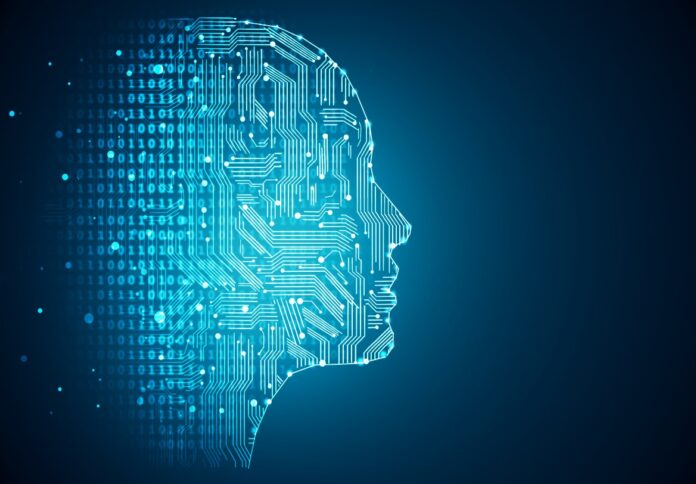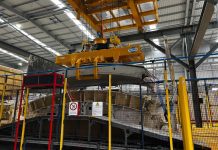
Schneider Electric has rolled out an industry-first guide to addressing new physical infrastructure design challenges for data centres that seek to meet evolving needs in the era of artificial intelligence disruption.
AI applications have become more prevalent in industry sectors, ranging from healthcare and finance to manufacturing, transportation, and entertainment. This resulted in a spike in demand for processing power.
AI workloads are expected to grow at a compound annual growth rate of 26 to 36 per cent by 2028, which will lead to an increase in power demand within existing new data centres.
The guide, titled “AI Disruption: Challenges and Guidance for Date Centre Design,” is designed for organisations seeking to equip their data centres with AI and adopt a forward-looking view of emerging technologies to support high-density AI clusters in the future.
Schneider Electric’s AI-Ready Data Centre Guide explores the critical intersections of AI and data centre infrastructure, addressing key considerations such as:
- Guidance on the four key AI attributes and trends that underpin physical infrastructure challenges in power, cooling, racks, and software management;
- Recommendations for assessing and supporting the extreme rack power densities of AI training servers;
- Guidance for achieving a successful transition from air cooling to liquid cooling to support the growing thermal design power (TDP) of AI workloads;
- Proposed rack specifications to better accommodate AI servers that require high power, cooling manifolds and piping, and a large number of network cables;
- Guidance on using data centre infrastructure management (DCIM), electrical power management system (EPMS) and building management system (BMS) software for creating digital twins of the data centre, operations and asset management; and
- Future outlook of emerging technologies and design approaches to help address AI evolution.
“As AI continues to advance, it places unique demands on data centre design and management. To address these challenges, it’s important to consider several key attributes and trends of AI workloads that impact both new and existing data centres,” said Pankaj Sharma, executive vice president for Secure Power Division and Data Centre Business at Schneider Electric.
“AI applications, especially training clusters, are highly compute-intensive and require large amounts of processing power provided by GPUs or specialised AI accelerators. This puts a significant strain on the power and cooling infrastructure of data centres. And as energy costs rise and environmental concerns grow, data centres must focus on energy-efficient hardware, such as high-efficiency power and cooling systems, and renewable power sources to help reduce operational costs and carbon footprint.”
For more information about the challenges and guidance for data centre design, visit se.com.




















